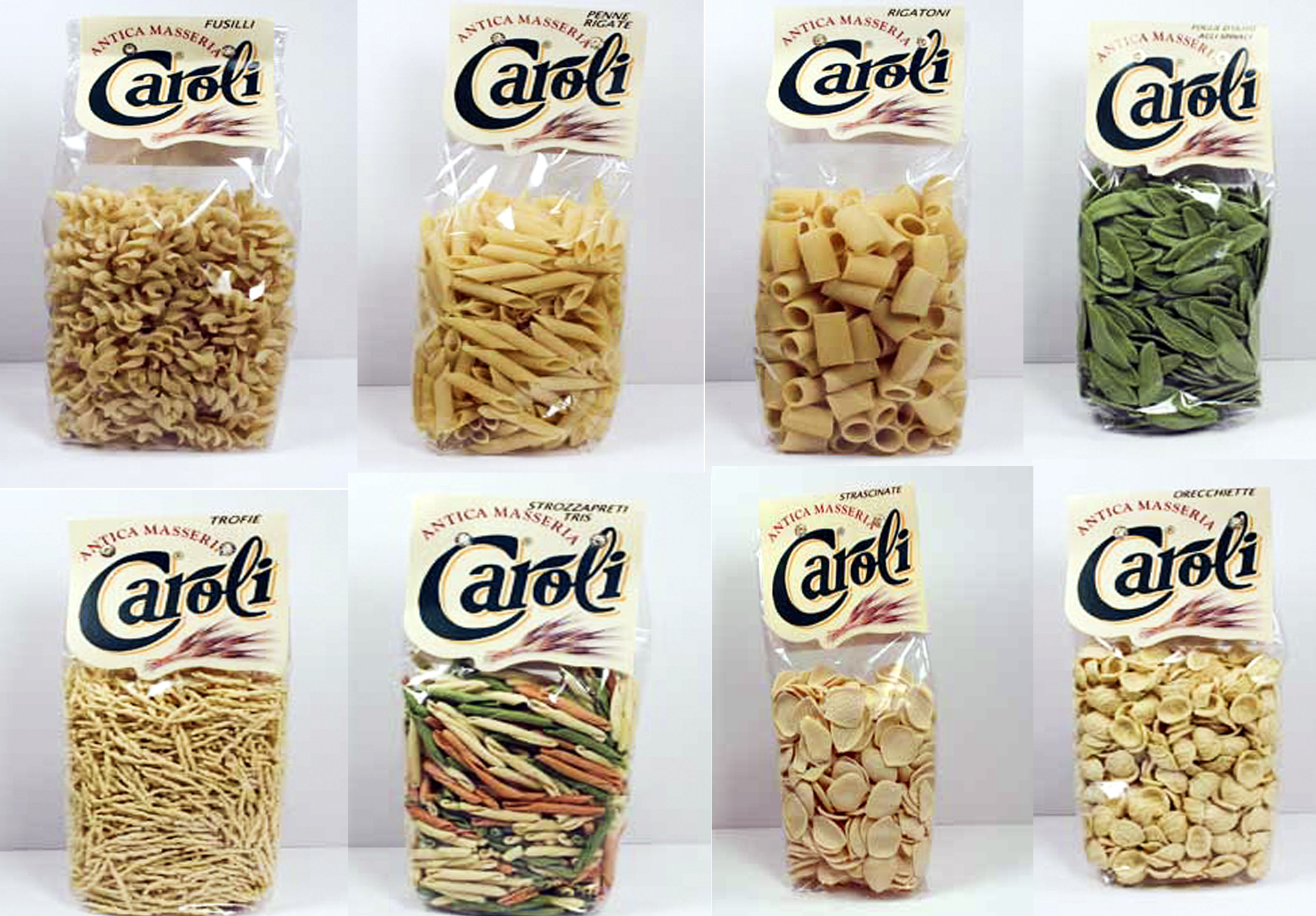

Whichever of the stories may be true, the facts are these: pasta is one of the most beloved food in the world today, and it is indistinguishable from Italian cuisine. And that it traveled westward from there by way of nomadic Arab tribes to Europe. Many archaeologists also believe that the earliest pasta noodles were actually created in Central Asia, thousands of years before Marco Polo ever came to the region.

The Roman politician Cicero, who lived from 106 to 43 BC, mentioned he had a passion for said pasta. And there was even a mention of a pasta-like dish called “laganum” or “laganas,” a known predecessor of lasagna.

According to some, when the Greeks founded the city of Naples around the 3rd century BC, the natives in the area already had a dish called “macaria” made of flour made of barley and water that was dried in the sun. However, some historians believe that many shapes of pasta in Italy has been around way longer than that. Unfortunately, all these stories about the famous explorer bringing pasta to Italy relies heavily on retelling because his book’s original text has long been lost. For many, this is how pasta in Italy came to be. This was during the 13th century and the documentation historians refer to is in his renowned book The Travels of Marco Polo. In one of the most popular theories of how pasta came to be in Italy, it is said that Marco Polo, the famous Venetian explorer, brought the noodles he found from China to Italy. But how did pasta actually came to be? PASTA: SOME BIT OF HISTORYįood that is made of flour and eggs or water and molded into strings or other shapes, a.k.a. Even after I added water I felt it did not work properly for me and lost the sauciness.Pasta-who doesn’t love it? When many of us think of pasta, we typically think of the more popular styles such as spaghetti, penne or linguine, but there are actually dozens of different types of pasta shapes such as curly pasta, swirly pasta, circle pasta or ball pasta, each with their own special flavor profile, culinary application and even regional origin. I am thinking next time I will make the sauce ahead and then will cook pasta as per instructions (one minute less and then amalgamate with sauce prior to putting in the oven OR I will cook the pasta one minute less and lightly coat in olive oil to stop it sticking until I am ready to use, I won’t mix it all together until Imam ready to bake it. Tip as the recipe states add some water if you make ahead as it really does absorb the sauce when it stands. I made this as a favour for a vegan friend with just vegetables (used red pepper, mushrooms and vegan bacon bits) and used the Vegan Oatley Cream and NUSH vegan cream cheese mix I mentioned earlier. I finished with some Eat Lean grated and added ad grating of Parmesan Cheese which made it low fat but the small amount of Parmesan cheese gave it a cheesy hit. This dramatically reduces the saturated fat content but still makes the bake creamy. Only change I made as I am cooking lower fat recipes for my family was that I used Oatley Cream 50ml and whisked in 30g of NUSH cream cheese into the Oatley cream.

Per the recipe, so I started the recipe with the bacon and followed the recipe as it is. I halved the recipe and used cooked chicken as I had some to use up (approximately 150g) I did not use pre cooked bacon as I was not cooking the chicken as


 0 kommentar(er)
0 kommentar(er)
